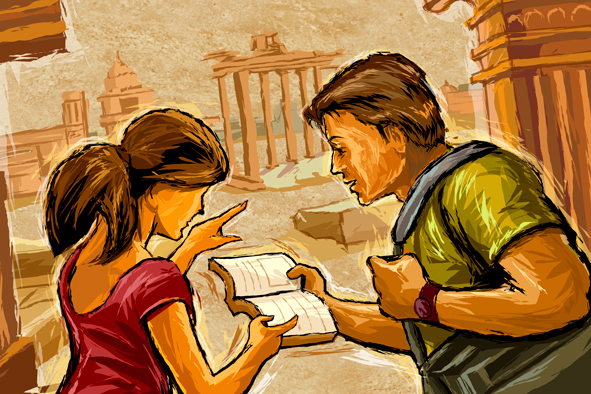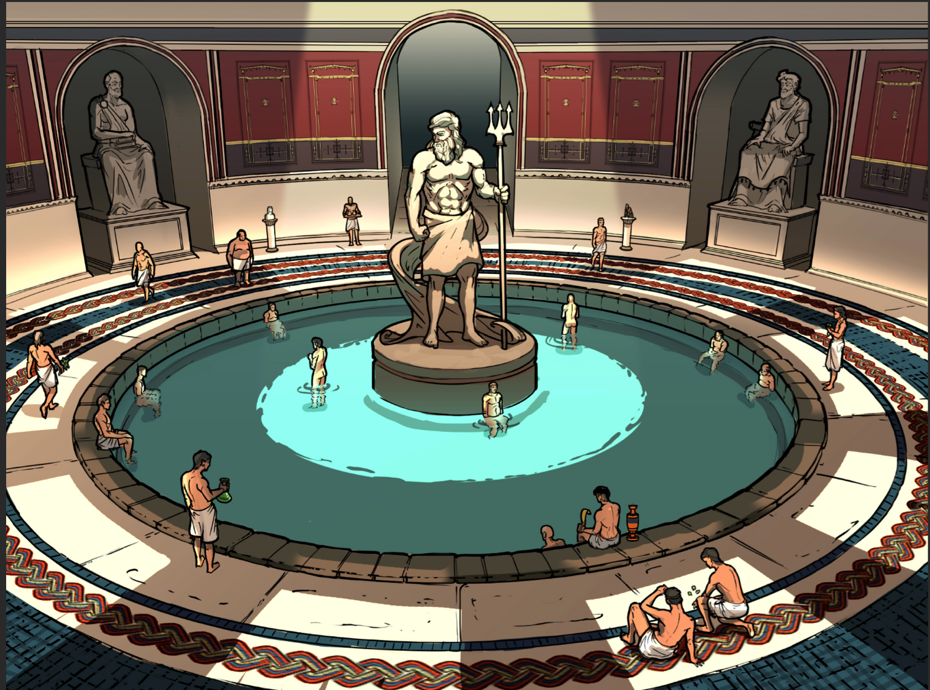Roman History Lesson Plan – The Baths
Ancient Roman Baths
A Roman History Lesson Worksheet
An archaeology based analysis lesson plan on the importance of ancient Baths of Rome. Activate student interest before playing Excavate! Rome or use it in your ancient Rome world history classroom studies. Invite students to describe artifacts and hypothesize their use in ancient Rome. Use describe, interpret, and evaluate (D-I-E) lessons to record archaeology artifact observations during game-play or as a per-lesson activity to check their hypotheses for accuracy. It is a fun way to prepare and engage with content while playing Excavate! Rome.
Award Winning Excavate! Rome
Worth Every Penny
A Live Front End Page Builder for WordPress
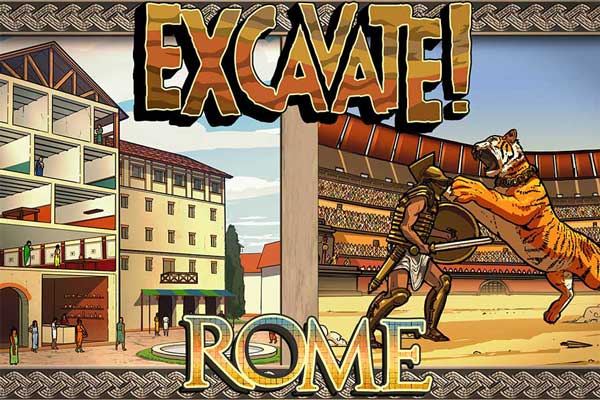
Baths Roman Lesson Overview
Objective:
Students will describe and infer the significance of Roman artifacts found in an archaeological site in preparation for playing the Baths site in Excavate! Rome or your Ancient Roman lessons.
Duration:
Approximately 30 minutes with a potential follow-up lesson of 20 minutes (after playing the Baths Roman site of Excavate! Rome or your standalone unit activity.
Materials:
This history lesson worksheet PDF document includes:
- Student D-I-E organizer
- Artifact Resource Sheet for the Baths Rome site
- Teacher answer sheet for the D-I-E organizer
Includes Ancient Rome lesson for Baths, Colosseum, Domus, and Insula
The Roman Artifacts
Four Artifacts for Students to Analyze in the Lesson Plan
Oil Flask with Scraper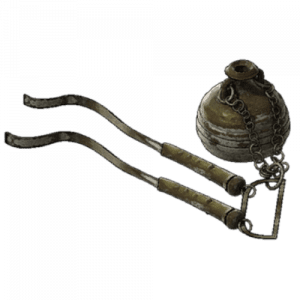
Slave Tag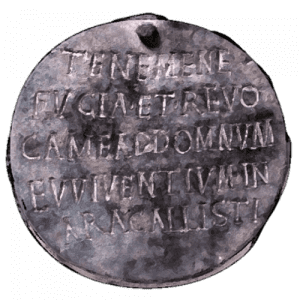
Mosaic
Knuckle Bones and Marbles
Introduction: Describe
Estimated Time: 15 minutes
In this part of the worksheet activity you explain to students that they will be exploring artifacts related to a Roman Bath. Their first job is to carefully preview the artifacts by describing them in detail.
Step 1: Students look carefully at artifacts on the Artifact Resource Sheet.
Step 2: Students write descriptions of each artifact in the describe column of the Student D-I-E Organizer. Pay close attention that students are only writing descriptions and not explaining what the artifact is and how it is used.
Step 3: Share as a class the descriptions and notice if anyone has found a new detail or something that they initially did not see. Emphasize that spending time on the description step of this process is necessary for seeing all the details that can generate new insight.
Preparing to play Excavate! Rome: Interpret
Estimated Time: 15 Minutes
Playing the game is of course optional but if you can incorporate the game into your lesson unit it works best.
Step 4: Students hypothesize what each artifact would have been used for by answering the questions in the Interpret column of the Student D-I-E Organizer. Push students to back up their thoughts based on what they have included in their description.
Step 5: Share as a class and keep a record of what students think of each one of the artifacts. Do not correct students. Explain that as they play the game they will encounter these artifacts and will find out if their hypotheses were correct.
“Learning through the game based format really connects learners of the 21st century to education, and helps them discover things that they may not have been interested in…”
Samantha McClusky
Post-Game Recap: Evaluate
Estimated Time: 20 minutes
Step 6: Play the Baths Site of Excavate! Rome. Have students correct their interpretations on the Student D-I-E Organizer.
Step 7: Share new observations learned about each artifact while playing Excavate! Rome.
Step 8: Have students complete the Evaluate column in the Student D-I-E Organizer. See examples on the Teacher Answer Sheet.
This activity could be extended as follows:
Facilitate discussion on the importance of Roman society and how these artifacts have facilitated new insight.
Have students write a reflection on which artifact was the most surprising and why.
Sample Artifact Answer Key
Note: the PDF download contains all keys
Item:

Describe: What is the material of the artifact? What is its shape? Does it have any symbols?
Metal, long handles, circular holder.
Teacher Reveal: It is made of metal.
____________
Interpret:
What is it used for? What is this object?
Ink pot and pens
Teacher Reveal: This is a holder for oil and a strygil.
____________
Evaluate:
What does the artifact tell us about the people that used this artifact? What does the artifact possibly tell them about their society?
Teacher Reveal: The Romans did not have soap for bathing. Instead they poured oil on their skin used a metal tool called a strygil to scrape it off. The oil collected all the sweat and dirt on the skin, so scraping it off was a surprisingly effective way to get clean. Bathers brought their own strygil and oil to the baths. The oil was carried in a small flask called an Aryballos.
Did you know?
When the Roman Empire collapsed in the 5th century, their plumbing advances disappeared and Europe wouldn’t return to the same level of engineering for the next 1,500 years.
Teacher Resources
Artifact Based Question Prompts
These are additional lesson plan worksheets provided by DiG-iT! Games. Use this scene combined with artifacts from the game to have your students answer a DBQ assignment that will demonstrate their learning. (rubric included)
Teacher & Content Guide
A step-by-step guide for game-play as well as a resource containing all content and answers. (2 Files – Excavate Overview & Roman Content Guide)
PBS – Typical Roman Baths
Roman Baths In England
World History Games
Explore all the Excavate! game titles including the empires of Rome, Greece, Egypt, Mesopotamia, MesoAmerica and Byzantine.

